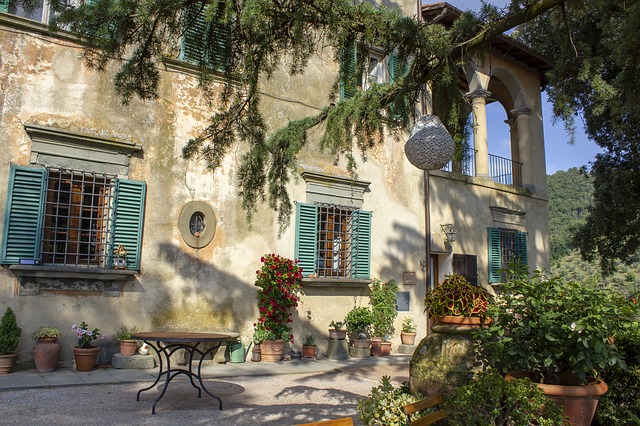Introduction
When it comes to interior design, rustic furniture has gained significant popularity for its warm and inviting aesthetic. Creating a rustic look for your furniture can transform your space into a cozy and charming retreat. Whether you have old furniture that needs a makeover or you want to create a rustic vibe with new pieces, this article will guide you through the process step by step.
Choosing the Right Materials
Wood: One of the key elements of rustic furniture is the use of natural materials. Opt for solid wood, such as oak, pine, or reclaimed wood, as they provide a genuine rustic appeal. Avoid synthetic materials or laminates that can undermine the desired aesthetic.
Finishes: To achieve a rustic look, consider using finishes that enhance the natural beauty of the wood. Stains, such as walnut or cherry, can deepen the color and add character. Distressing techniques, like sanding or using a wire brush, can create a weathered appearance.
Applying the Distressing Techniques
Sanding: Start by sanding the furniture to remove any existing finish or imperfections. Focus on areas that would naturally wear over time, such as edges, corners, and surfaces that receive regular use. Sanding creates a smooth base for the subsequent steps.
Wire Brushing: Using a wire brush, gently scrape the wood surface to create subtle grooves and texture. This technique mimics the effect of natural wear and tear. Be careful not to overdo it, as you want to achieve a rustic look without damaging the wood.
Hammering and Denting: For a more distressed appearance, lightly tap the surface of the furniture with a hammer or other blunt object. This technique creates small dents and dings that add character and age to the piece.
Adding a Weathered Finish
Whitewashing: Whitewashing is a popular technique that gives furniture a weathered, aged look. Mix equal parts of water and white paint, then apply the mixture to the wood using a brush or cloth. Wipe away any excess to achieve a subtle, washed-out effect.
Antiquing: Antiquing involves applying a dark glaze or stain over a lighter base coat. The glaze settles into the wood’s natural grain and crevices, highlighting the details and giving the furniture an antique appearance. Apply the glaze with a brush, then wipe away the excess to achieve the desired effect.
Accessorizing for a Rustic Look
Textiles: Incorporate rustic textiles, such as woven blankets, cozy throws, and burlap or linen cushions, to enhance the rustic feel of your furniture. Opt for earthy colors and natural textures that complement the wood.
Decorative Hardware: Replace modern or sleek hardware with rustic alternatives, such as wrought iron handles or knobs. These small details can make a significant difference in achieving an authentic rustic look.
Conclusion
Creating a rustic look for your furniture is a rewarding process that can transform your space into a cozy and inviting haven. By choosing the right materials, applying distressing techniques, and adding weathered finishes, you can achieve a genuine rustic aesthetic. Don’t forget to accessorize with rustic textiles and decorative hardware to complete the look.
References
– Better Homes & Gardens: www.bhg.com
– Country Living: www.countryliving.com
– The Spruce: www.thespruce.com













